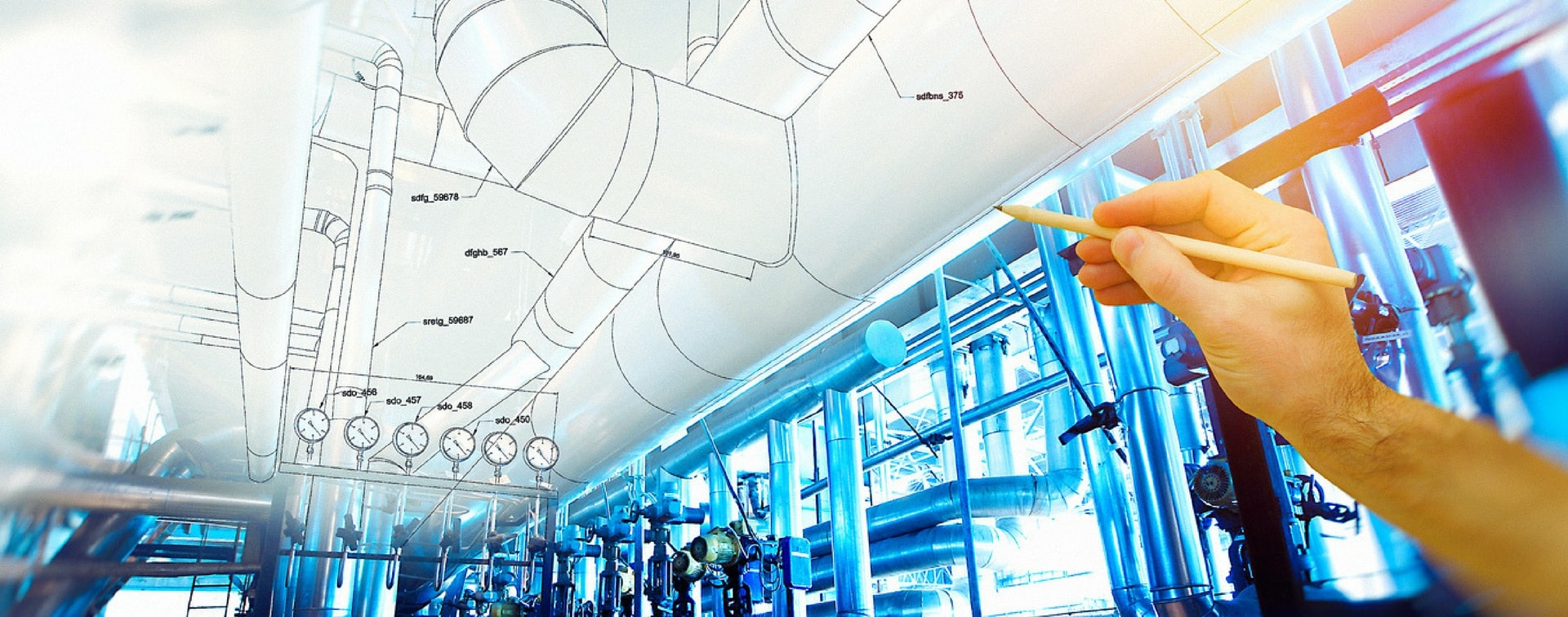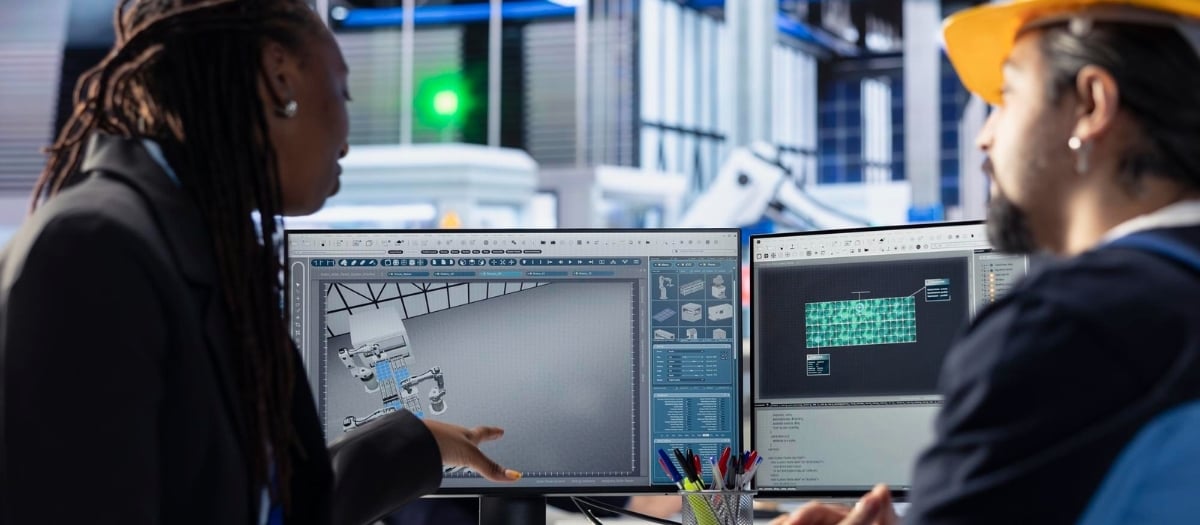
The past several decades have brought about some fantastic technological advances that have truly transformed how we manufacture. Robotics, ERP systems, safety devices, and most recently, mixed reality, to name a few, have redefined how we interact with our processes. Technology has become a vital component of any modern manufacturing process. These technologies are often leveraged to improve and streamline existing processes, but why is this important?
For one, it allows a manufacturer to be very cost-effective in the production of their products. A streamlined process has minimal labor requirements, less work in process, and is capable of reacting to customer requirements and demands more rapidly. Because of this agility, less inventory is needed to buffer production lead times to customer demands as higher throughput yields can be realized. By reducing these wastes, companies use less energy and resources to generate value. This value can then be redeployed across the company for further improvements.
Second, a process that has been streamlined and optimized is far more prepared to leverage automation technologies to their fullest. Without a stable, controlled process, automation technologies can hinder our operations. Constant user intervention to adjust equipment to an uncontrolled, inefficient process requires skilled labor and costly resources to produce what could potentially be a subpar product. In this event, the cost of poor quality can be significantly higher than the cost of good or exceptional quality. However, when the right technologies are applied to stable, streamlined processes, a real competitive advantage is achieved.
A tertiary benefit to streamlining processes is that it provides insight for future improvements. Lessons learned in many cases, can be applied to other processes within the company. If taking a macro view approach, opportunities to tie systems and processes together become much more apparent when streamlines and standardized. These interconnections can take the manufacturing process to the next level of efficiency.
It is important to note that streamlining processes are much like any other continuous improvement methodology, such as LEAN, 6 Sigma, Kaizen, and TQM, to name a few. Constant re-evaluation of the established axioms, dogmas, and practices is how the most successful manufacturers continue to move toward an ideal state.
Streamlining processes need to become an essential strategy for manufacturers now to leverage innovations and the opportunities they provide to gain a competitive advantage in our respective markets. This strategy, in turn, will deliver better quality products, to more customers, when they request it, at the right price. By meeting these requirements, we experience improved bottom lines and continued growth and success.





Comments